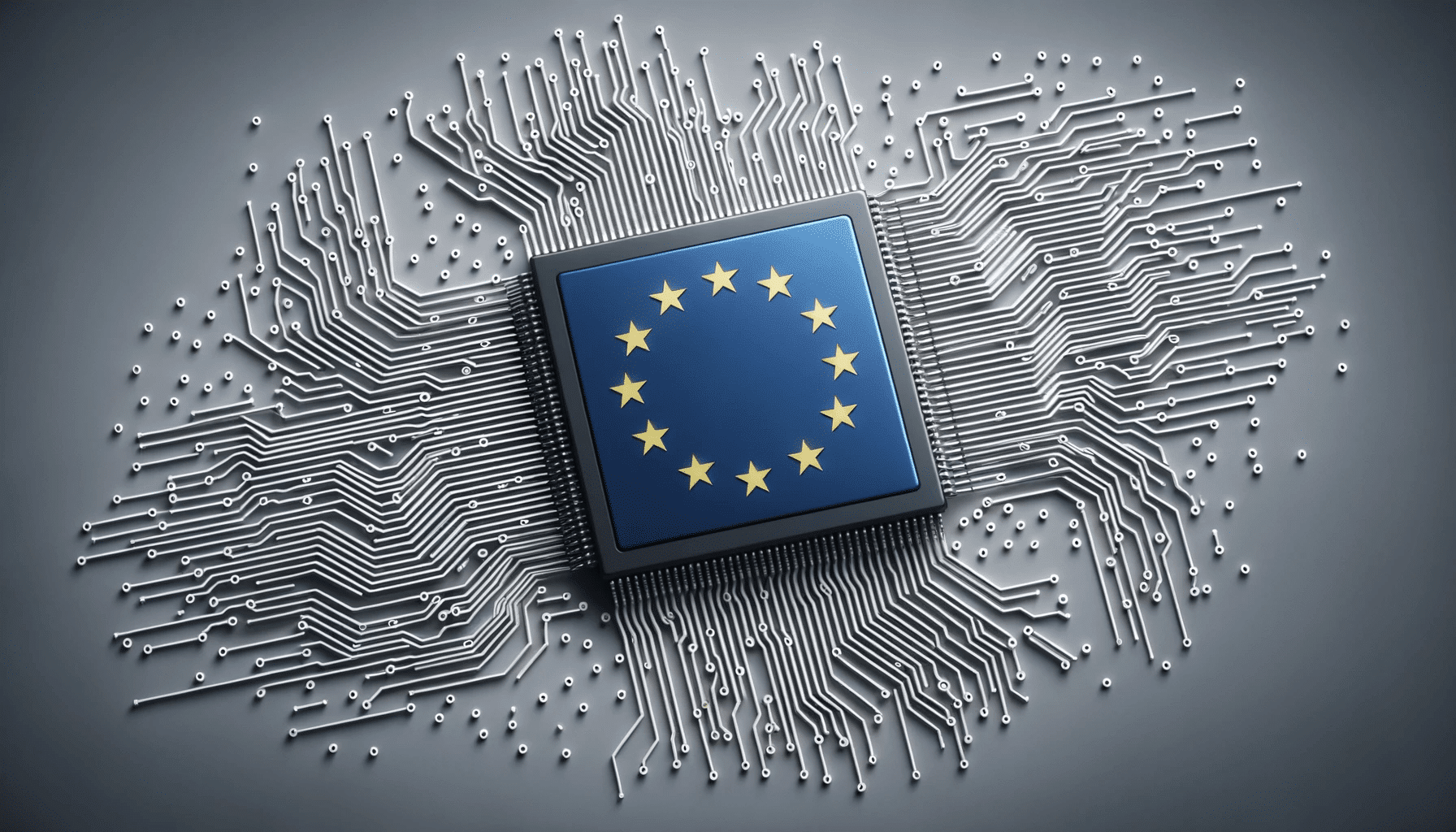- 🏛️ EU’s new AI regulations are causing significant debate on data transparency.
- 📊 The rules demand that AI systems disclose the data they were trained on.
- 🤔 Tech companies are concerned about competitive disadvantages and intellectual property risks.
- ⚖️ Proponents argue that transparency is crucial for accountability and ethical AI use.
- 🌍 The regulations are part of a broader effort to make the EU a global standard-bearer in AI governance.
- 🔍 Companies are under scrutiny to ensure compliance with the new transparency requirements.
- 💡 The balance between innovation and regulation remains a contentious issue in the tech community.
Artificial Intelligence (AI) continues to shape the modern world in profound ways. However, with its rapid development comes the demand for robust regulatory frameworks that ensure ethical and transparent usage. The European Union (EU) has taken a significant step in this direction with its new AI regulations. This blog post explores the nuances of these regulations, the debates they ignite, and their potential impact on the tech industry.
Understanding the EU’s New AI Regulations
The Framework and Its Goals
The recently introduced AI regulations by the European Union aim to establish a comprehensive legal framework to ensure the accountable, ethical, and transparent use of AI technologies. These regulations are designed to:
- Ensure AI systems disclose the data they are trained on.
- Safeguard ethical standards in the deployment and operation of AI.
- Position the EU as a global leader in AI governance.
Key Provisions of the Regulations
- Data Transparency
- Disclosure Requirement: AI developers must provide detailed information about the data sets used to train their algorithms. This aims to prevent biases and promote fairness in AI applications.
- Ethical AI Use
- Accountability Measures: The regulations include strict guidelines to ensure that AI deployment does not infringe on human rights or promote discrimination.
- Global Leadership in AI
- Standard-Setting: By establishing these rules, the EU plans to set global benchmarks for AI governance, aiming to influence international practices and norms.
The Debate: Transparency vs. Competitive Edge
Concerns from the Tech Industry
While the intent behind the regulations is clear, they have sparked significant debate within the tech sector. Here are some major points of contention:
- Competitive Disadvantages: Tech companies are worried that disclosing their data sets could erode their competitive edge and expose proprietary information.
- Intellectual Property Risks: There is a concern that mandatory transparency might lead to the leaking of sensitive intellectual property, which could undermine innovation and harm business interests.
Proponents’ Perspective
Advocates of the regulations argue that:
- Ethical Responsibility: Transparency is essential for ensuring that AI operates within ethical boundaries and is accountable to the public.
- Public Trust: Increased transparency can enhance public trust in AI technologies, which is crucial for their widespread acceptance and use.
Balancing Innovation and Regulation
Striking the Right Balance
Navigating the delicate balance between fostering innovation and ensuring regulatory compliance is a challenging endeavor. Here’s how companies and regulators can work together to achieve this:
For Tech Companies:
- Invest in Compliance: Allocate resources to understand and implement compliance measures effectively.
- Collaborative Development: Engage with regulators and policymakers to provide insights and suggestions from an industry perspective.
- Ethical Innovation: Focus on developing AI technologies that not only push the boundaries of innovation but also adhere to ethical standards.
For Regulators:
- Clear Guidelines: Provide unambiguous guidelines that help companies understand and meet the requirements.
- Support and Resources: Offer support mechanisms, such as workshops and advisory services, to assist companies in transitioning to compliance.
- Flexibility: Be open to feedback from the industry and willing to adjust regulations to balance innovation and ethical accountability.
The Future of AI Governance
The EU’s new AI regulations represent a significant step towards responsible and transparent AI use. As the debate continues, both the tech industry and regulators must work together to navigate these challenges. By striking a balance between innovation and regulation, it’s possible to pave the way for a future where AI serves humanity ethically and effectively.
In conclusion, the new AI regulations set by the EU are a bold move towards setting high standards for ethical AI use globally. Despite the challenges and debates they pose, these regulations are crucial for enhancing transparency, fostering public trust, and ensuring that AI technologies are used responsibly. As we move forward, collaboration between the tech industry and regulators will be key to achieving these goals.
By keeping a keen eye on these developments, businesses can not only stay compliant but also contribute to shaping a future where AI continues to innovate responsibly and ethically.







